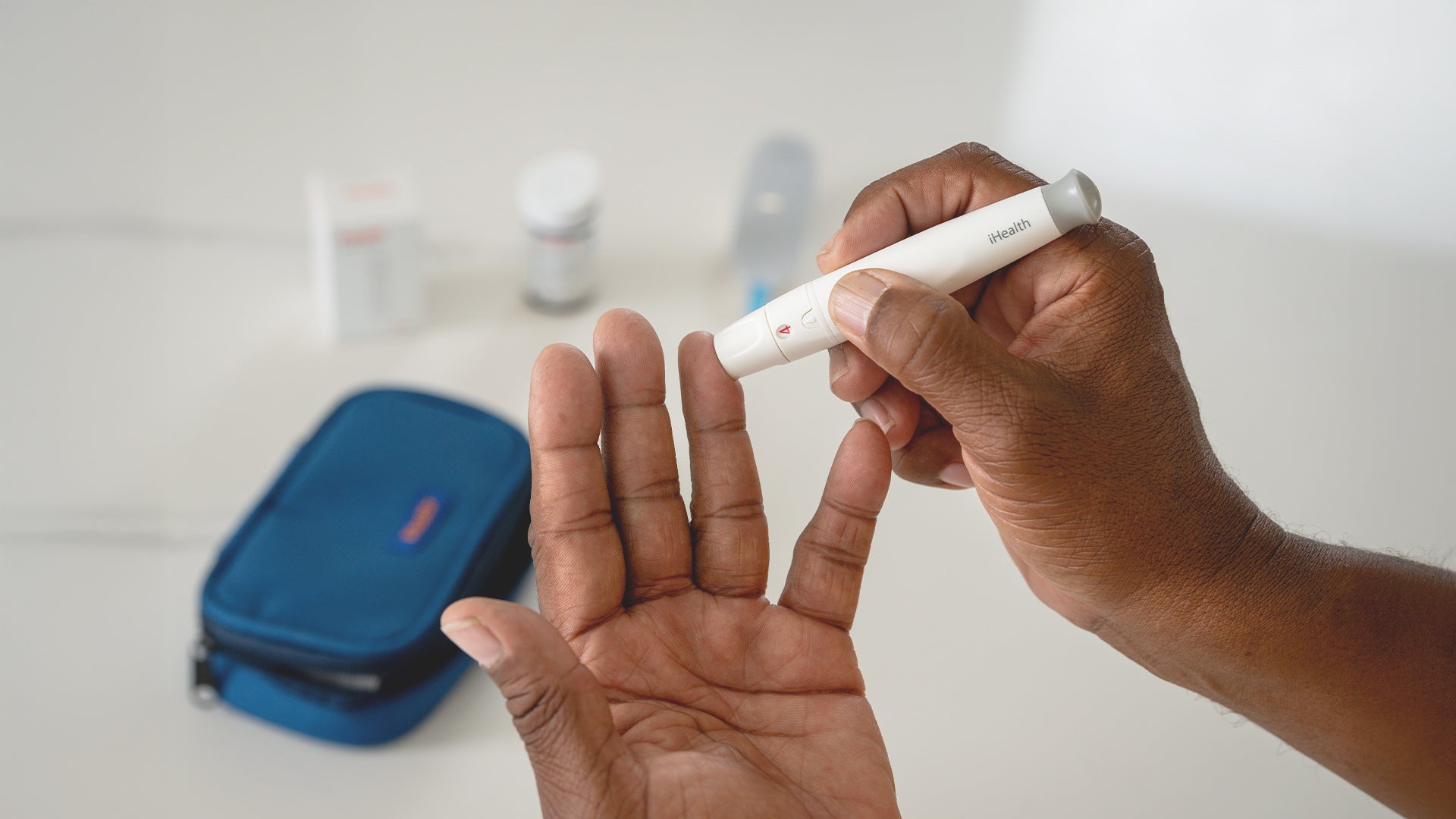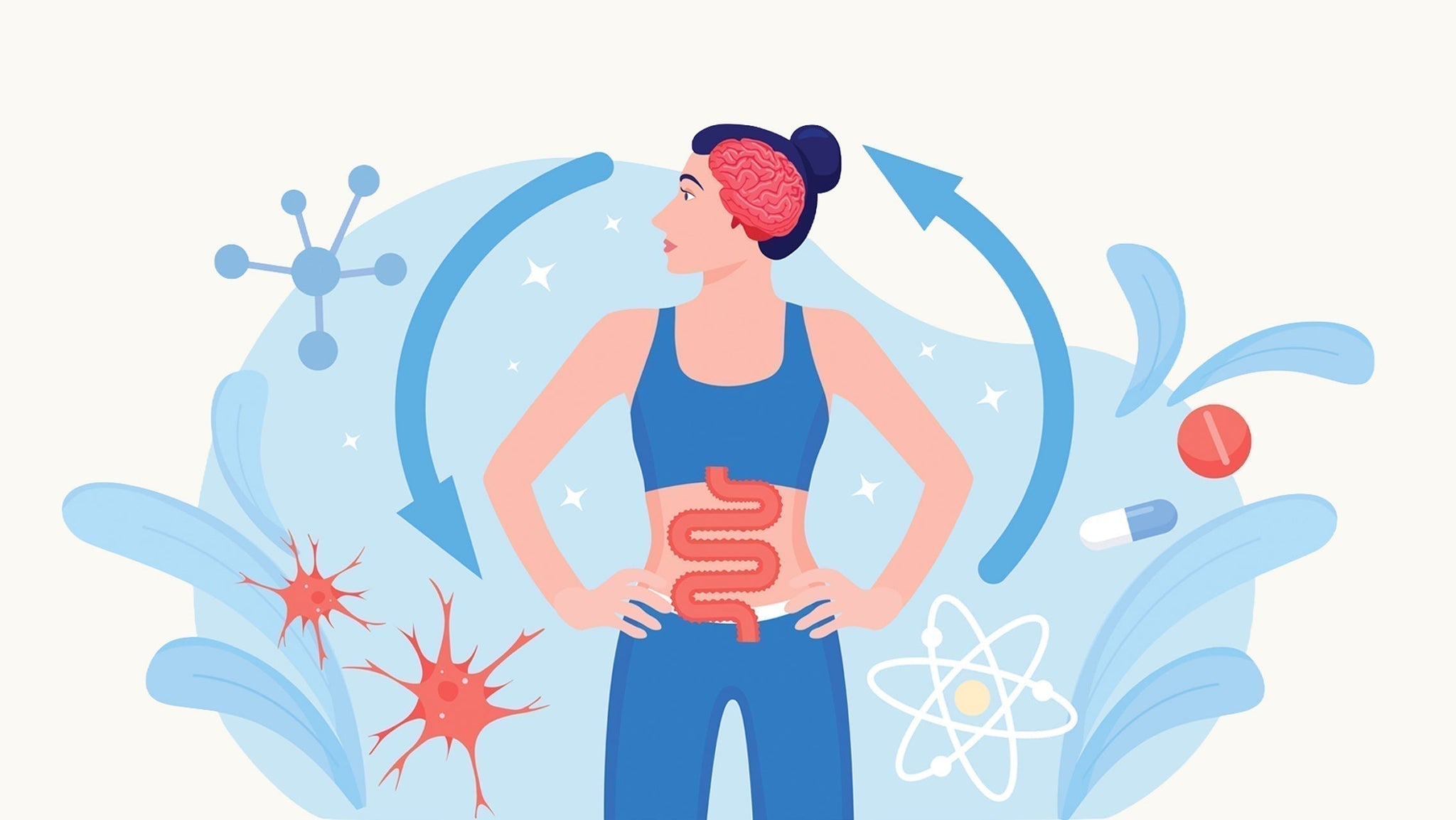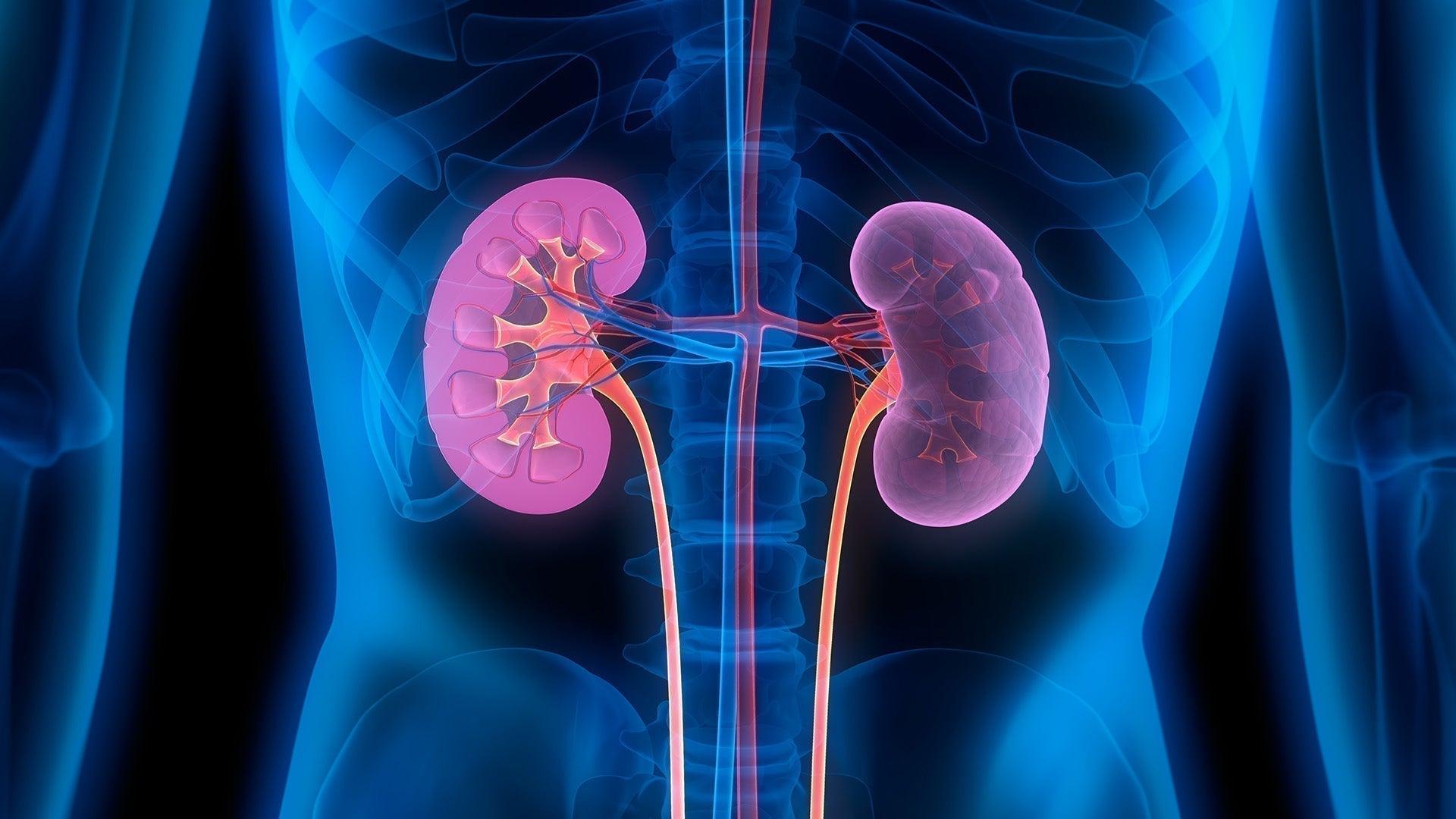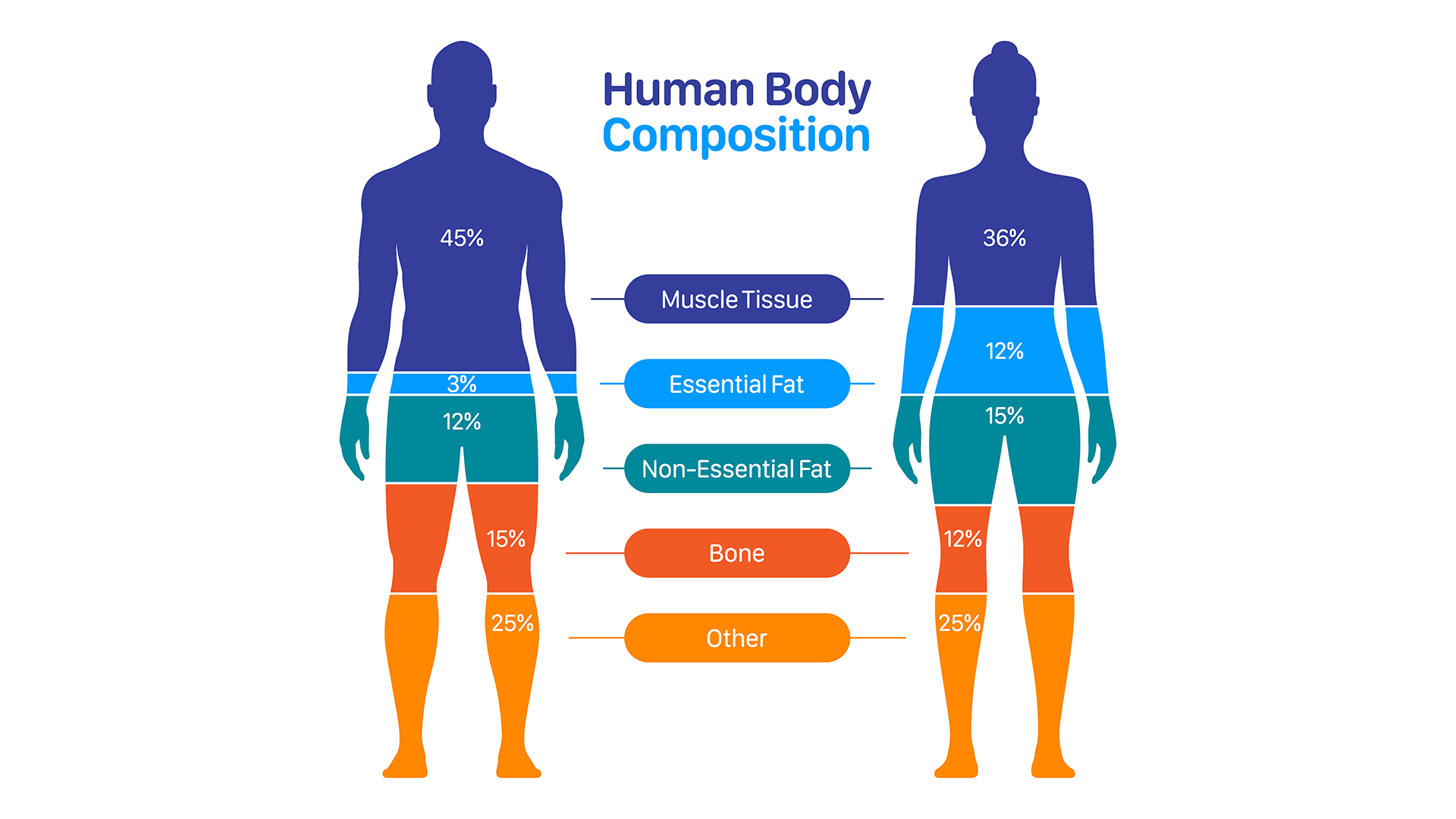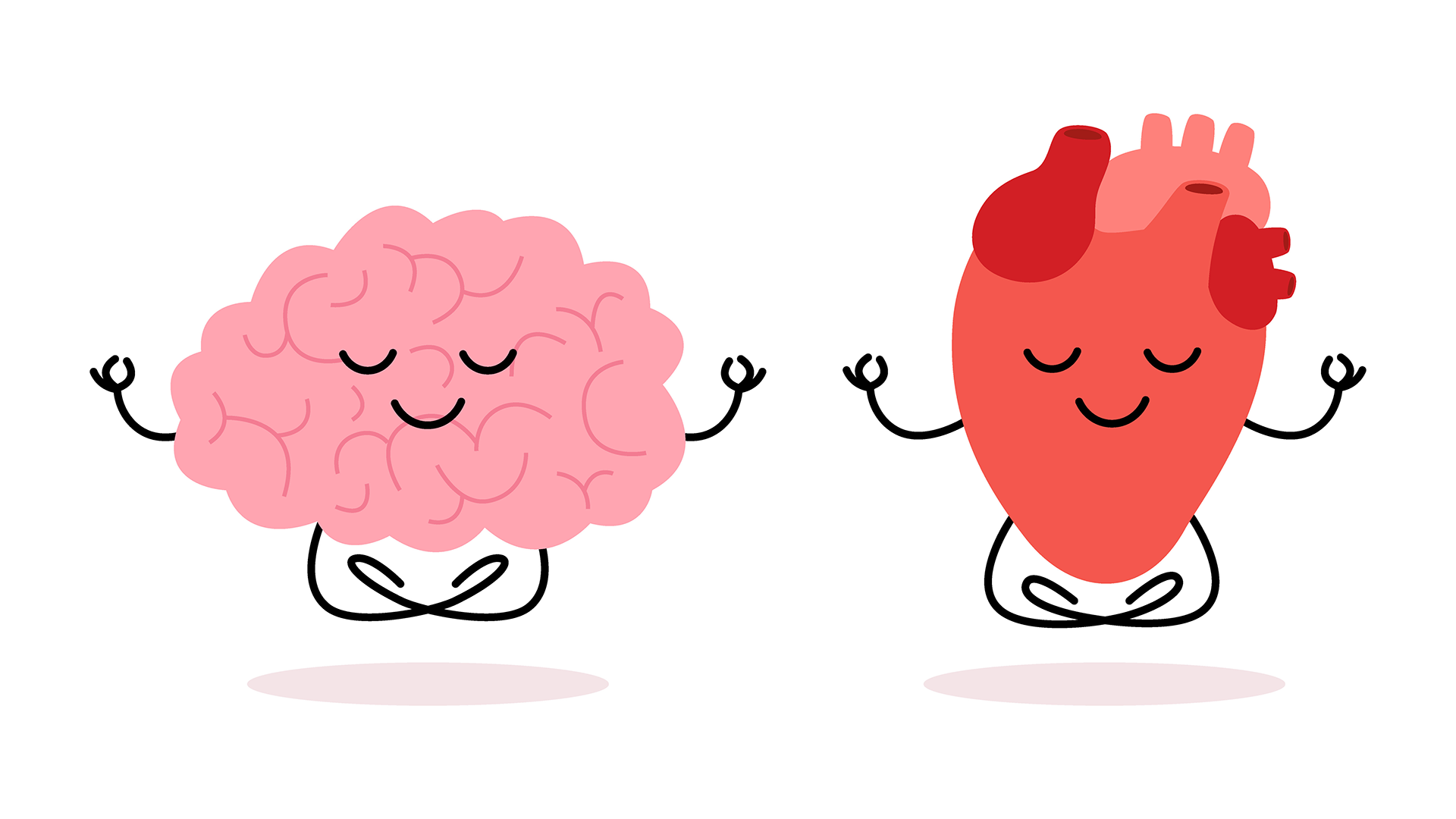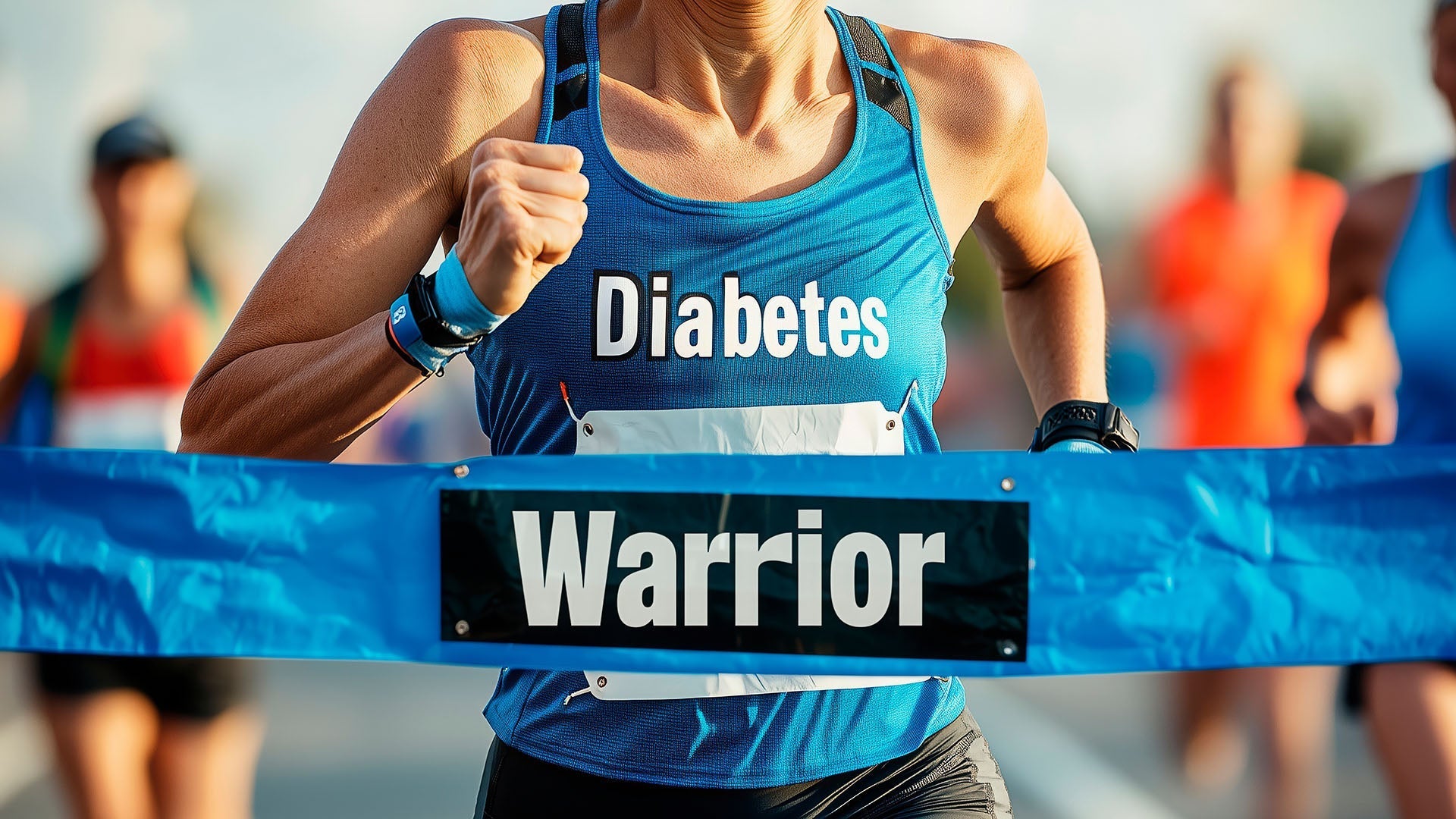Learn Your Way
to A Healthier Life

September is designated as National Cholesterol Education Month, but any time there is education on the common health problem of high cholesterol, is always ideal. Approximately 86 million American adults (20 years and older) have high cholesterol, representing about 36% of the adult population, according to the CDC.
High cholesterol doesn’t always manifest obvious symptoms. Even if you have no symptoms and feel fine today, high cholesterol can quietly increase your risk of serious health problems over time. The good news is that there’s a lot you can do to prevent and manage high cholesterol. Even small changes can make a big difference for your long-term health.
Risks of High Cholesterol Levels
When there’s too much cholesterol in your blood, it can combine with other substances to form plaque, a thick and sticky buildup inside your blood vessels. Over time, plaque can narrow your arteries and make them less flexible, making your heart work harder to pump blood. This increases the risk of serious health problems, including heart disease, stroke, and circulation issues.
Whether you’re looking to prevent problems early or take control of your numbers, understanding how cholesterol affects your body is the first step toward protecting your heart and overall health.
Types of Cholesterol
A routine blood test is the only reliable way to know if you have high cholesterol. When you get a blood test, you’ll usually receive a lipid panel, which measures different types of fats in your blood and gives your healthcare provider insight into your heart health. Here’s what’s typically included:
-
LDL Cholesterol (“bad” cholesterol). This type of fat carries cholesterol to your arteries. High levels can cause plaque buildup, raising your risk of heart attack and stroke. Goal: less than 100 mg/dL.
-
HDL Cholesterol (“good” cholesterol). Removes excess cholesterol from your blood and takes it back to the liver. Higher levels help protect your heart. Goal: above 50 mg/dL for women, above 40 mg/dL for men.
-
Total Cholesterol. The sum of LDL, HDL, and part of your triglycerides. Gives a big-picture view, but the LDL and HDL breakdown is most important. Goal: below 200 mg/dL.
-
Triglycerides. A type of fat stored from extra calories and sugar. High levels increase heart disease risk, especially with low HDL or high LDL. Goal: below 150 mg/dL.
-
Non-HDL Cholesterol (optional but helpful): Total cholesterol minus HDL, representing all “bad” cholesterol combined. Can be an even better predictor of risk than LDL alone. Goal: less than 130 mg/dL.
Health Conditions Linked to High Cholesterol
When cholesterol levels are elevated, it can impact more than just your heart. Over time, plaque buildup can affect blood flow throughout your entire body, increasing the risk of numerous serious health conditions, among them:
-
Heart disease & stroke
-
Type 2 diabetes
-
Kidney disease
-
Peripheral artery disease (PAD)
-
High blood pressure
While diet and lifestyle have a big impact on cholesterol, your genes–including family history, inherited conditions and ethnicity, can also play a role. When lifestyle changes alone aren’t enough, medications like statins or other cholesterol-lowering treatments may be necessary to keep cholesterol at a healthy range.

What You Can Do to Control High Cholesterol
Even if you have a genetic predisposition to high cholesterol, lifestyle changes can still make a meaningful difference. Think of these as powerful tools—each one offers real, measurable benefits for your heart and overall health.
Fiber
Eating more fiber, especially soluble fiber, is one of the most effective ways to lower LDL (“bad”) cholesterol. Soluble fiber binds to cholesterol in your digestive tract, helping remove it from your body before it enters your bloodstream. It also feeds healthy gut bacteria in our microbiome, which in turn may suppress cholesterol production in the liver.
Recommendation: Research shows that just 5–10 grams of soluble fiber per day can lower LDL cholesterol by up to 11 mg/dL. Foods rich in soluble fiber include oats, beans, lentils, apples, berries, and flaxseeds. The American Heart Association (AHA) recommends aiming for 25–30 grams of total fiber daily, ideally from whole foods rather than supplements.
Exercise
Physical activity has a direct impact on cholesterol levels and overall heart health. Aerobic exercise, like brisk walking, cycling, or swimming, helps raise HDL (“good”) cholesterol while lowering LDL and triglycerides. It also improves the efficiency of how the body clears fats from the bloodstream. Regular strength training further boosts metabolism and supports healthy blood sugar and fat levels.
Recommendation: The AHA recommends at least 150 minutes per week of moderate aerobic activity or 75 minutes of vigorous exercise, plus two strength-training sessions each week. Even small things like taking the stairs or adding a short daily walk — can make a meaningful difference.
Heart Healthy Fats
Replacing saturated fats — found in red meat, butter, and full-fat dairy — with monounsaturated and polyunsaturated fats can help reduce LDL cholesterol and raise HDL.
Recommendation: Healthy fat sources include olive oil, nuts, seeds, avocado, and fatty fish like salmon. Pairing these with lean proteins, such as poultry, beans, tofu, and fish, supports heart health and helps maintain balanced cholesterol levels. Diets like the DASH diet, endorsed by the National Institutes of Health (NIH) and American Heart Association, recommend limiting saturated fat to less than 7% of daily calories and choosing mostly unsaturated fat sources.
Stress Management
Stress doesn’t just affect your mind; it can negatively influence your cholesterol levels, too. Chronic stress may raise LDL and triglycerides while lowering HDL, partly due to increased inflammation and the release of stress hormones like cortisol. People with high-stress jobs or poor stress management often face a higher risk of elevated cholesterol and heart disease.
Recommendation: While there are no formal cholesterol-specific recommendations for stress management, research supports practices like mindfulness, yoga, meditation, deep breathing, and consistent sleep for better metabolic health. Even small daily habits, like stepping away from your desk for a walk or unplugging before bed, can help reduce stress and support healthier cholesterol levels long-term.
Additional References:
-
Alahmari LA. Dietary fiber influence on overall health, with an emphasis on CVD, diabetes, obesity, colon cancer, and inflammation. Front Nutr. 2024 Dec 13;11:1510564
-
Adding Soluble Fiber to Lower Your Cholesterol. National Lipid Foundation
-
Sound the fiber alarm! Most of us need more of it in our diet. AHA
-
Albarrati AM, Alghamdi MSM, Nazer RI, Alkorashy MM, Alshowier N, Gale N. Effectiveness of Low to Moderate Physical Exercise Training on the Level of Low-Density Lipoproteins: A Systematic Review. Biomed Res Int. 2018 Nov 1;2018:5982980
-
American Heart Association Recommendations for Physical Activity in Adults and Kids. AHA
-
DASH Eating Plan. NIH
-
Sara JD, Prasad M, Eleid MF, Zhang M, Widmer RJ, Lerman A. Association Between Work-Related Stress and Coronary Heart Disease: A Review of Prospective Studies Through the Job Strain, Effort-Reward Balance, and Organizational Justice Models. J Am Heart Assoc. 2018 Apr 27;7(9):e008073
Sign Up For More From iHealth
Receive the Latest News and Special Offers





